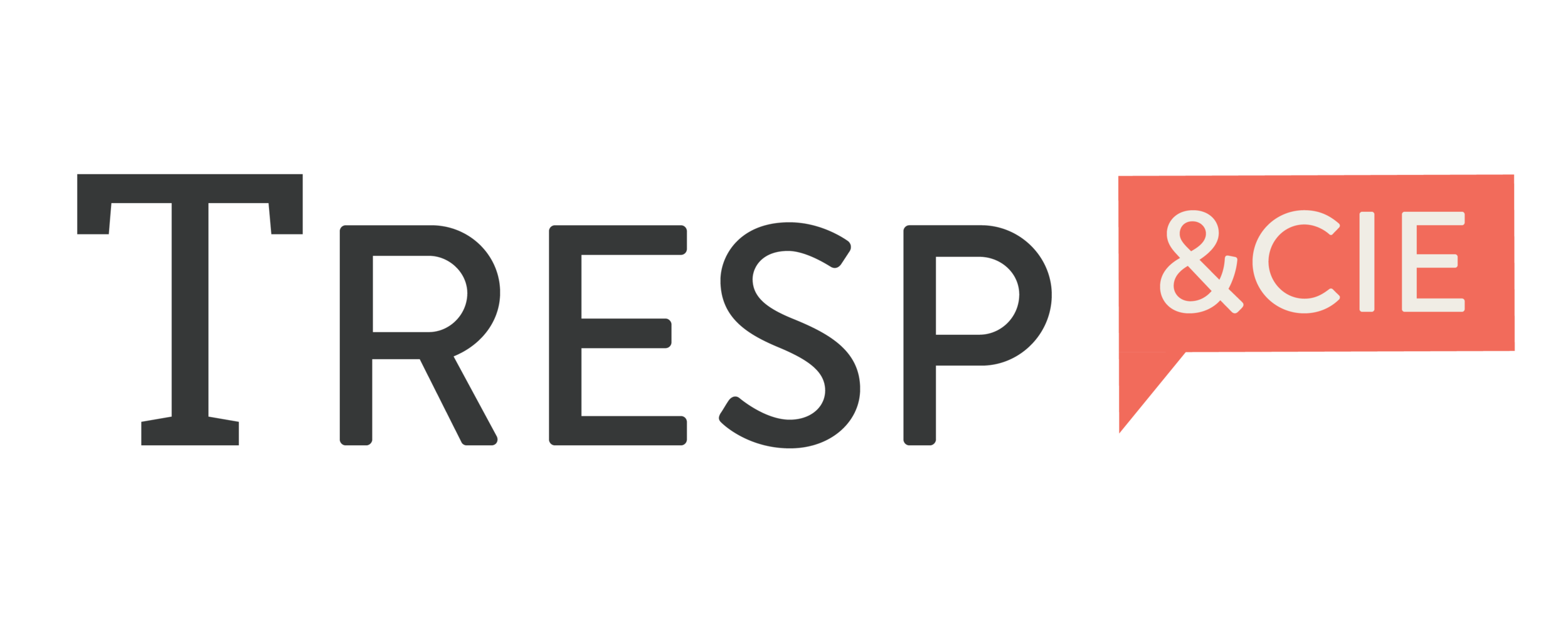Competence Management
As experts for potentials and competencies, TRESP & CIE will support you in developing individual competency models or in transfering your already existing competency model into an online system.
What’s a competence?
A competence consists of 5 elements - personality, knowledge, experience, skills, and abilities - which all interact with each other. The graphic illustrates the nature of a competency and how it can be measured (operationalized). Competencies are cultural conventions - What success-critical behavior must a person be able to consciously and repeatedly demonstrate in order to be successful in the given business environment (culture, etc.)?
What’s a competency model?
It’s a theory of success, about which behavioral combinations a person must be able to show repeatedly and consciously in order to be successful in the cultural space called "company".
The Rumpelstiltskin Principle
Knowledge, experience, skills, and abilities build on personality. If a person wants to earn a PhD in astrophysics, a certain personality structure (e.g. intelligence, willingness to learn, tenacity, curiosity) is required to enable the person to achieve this goal. Knowledge and experience follow. Finally, abilities and skills emerge that lead to the writing of the dissertation followed by a doctorate.
Measuring the individual potential of a personality is required for making statements about the actual development potential of a person. Just as our negotiations coach always used to say: “You can’t make a silk purse out of a sow’s ear”. The attempt is bound to fail and will only lead to an experience of failure and frustration. Both are motivational killers and therefore killers of success.
There is not a trainer in the world who will spin straw into gold. Despite intensive research, we have not been able to find or win over Rumpelstiltskin. So, let's work together to see which personality can be developed at which position and how. After 26 years of profiling, we know that there is no such thing as "the wrong person", there is only "the right person in the wrong place".

